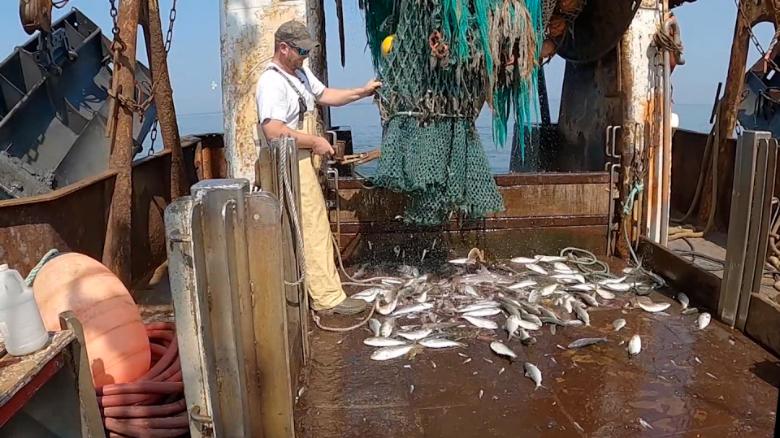These restaurants are facing ingredient shortages. Here’s how they’re coping

Mille and his wife own a small catering company in Craftsbury, Given the surge in Covid-19 cases, demand for restaurant food could once again slow if customers avoid dining out. For now, the supply chain issues mean even more uncertainty during an already precarious period for restaurants.”We’ve been hearing stories related to supply chain disruptions since the pandemic began,” said Erika Polmar, executive director of the Independent Restaurant Coalition, which advocates for independent restaurants. “There are certainly products that used to flow through the marketplace that [now] are not,” she added.”When the pandemic began, we saw the restaurant supply chain turned off,” Polmar said. “And that’s not something you can turn right back on with the flip of a switch.” That might seem like a small change — but to Cohen, it’s not. “Two years ago that would not have been acceptable,” she said. “We would have found the right candy cane beets from some purveyor … now they’re just not available.” Cohen has had to simplify the menu in other ways throughout the pandemic. “We don’t do a ton of rainbow vegetables anymore, because those more elusive colors — they’re just not as available,” she said. And she has had to make other adjustments. She’s started to place multiple orders from a variety of distributors, with the assumption that some will never come or be hours late. Cohen didn’t name the purveyors she worked with, but noted that she doesn’t get her food from Sysco. She’s also making much more use of her refrigerator than she has in the past, because she has to keep vegetables fresh for longer. Typically “our walk-in [fridge] is sort of a holding place for prepared food that we’re going to use that night. And now it’s become almost like a grocery store. It’s a warehouse of vegetables,” she said. “We’d like to get fresh vegetables every day,” she noted. “And we can’t do that anymore.”






